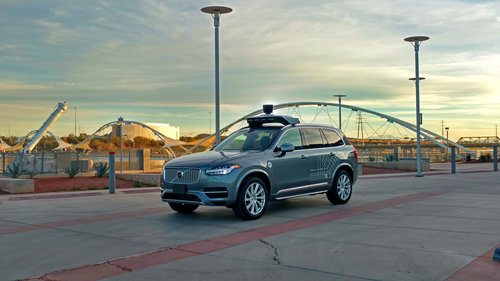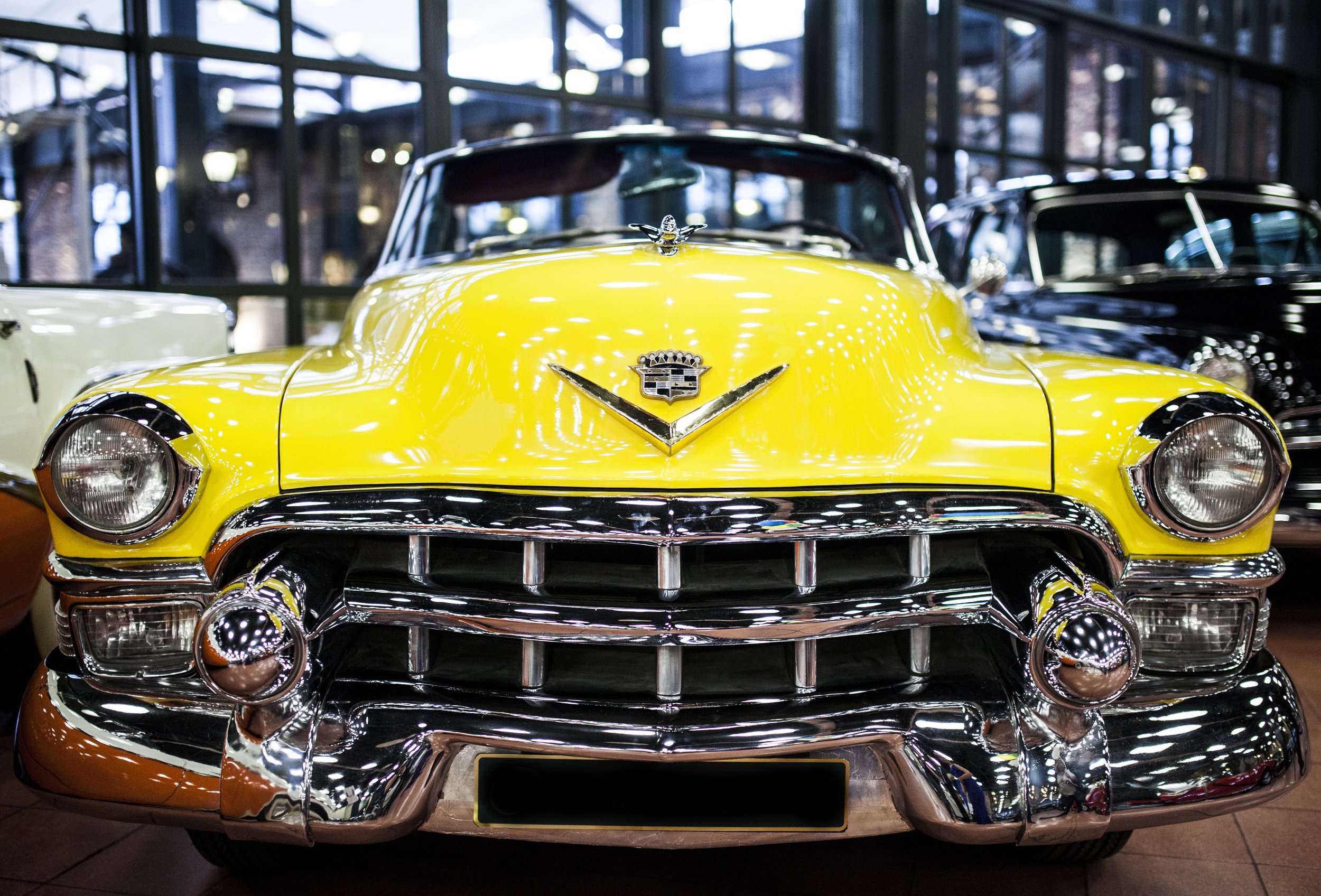It’s just been about four weeks since our last regular podcast episode, with only the New York and Beijing motor shows occurring in that time span, but holy hell have we seen a lot of new cars! So it’s not just one long new car regurgitation, I split this up a bit and focused on the cars from New York in brief this week, along with a few standouts announced separately. Here we go.
New York Auto Show
The new Honda Insight was officially unveiled in New York to very little fanfare or excitement. Remember this is basically the Civic Hybrid, re-branded with a new name or little ostensible reason. Rather than being the cheapest possible hybrid you can buy, the new Insight is going upmarket and Honda is slotting it in between the Civic and Accord’s prices. Based on the Accord’s current sales, or lack thereof, I think Honda might struggle a bit with this one.
Mercedes unwrapped the new AMG C63, which uses a twin turbo V8 to churn out a somewhat surprisingly modest 470 horsepower. Not that that number is small, it’s more than a Camaro, but barely. For having twin turbos, you know this car is capable of more, and there will undoubtedly be some sort of AMG Black version eventually. I secretly love Mercedes AMG cars because they are just mental and not balanced and precise like BMW’s M cars, which adds a measure of excitement to the drive. But wait for the Black version.
As recently as last year, Volkswagen was under a lot of pressure for not having a large, three row SUV, so they came out with the Atlas. Now they’re doing what every great German car company does and making as many versions of each of their car as possible to fill niches that didn’t previously exist. As such, we’ve now got the VW Atlas Cross, which is a 5-seat version of the 7-seat SUV they came out with last year. If you’re thinking “well, isn’t that just what the new Touareg is supposed to be?” Yes. Yes it is.
Toyota isn’t resting on its laurels with the RAV4, which, outside of pickups, is the best selling vehicle in America. In New York they unveiled the new model for 2019, which takes the old model, roots around on the dash for a while until it finds the butch knob and then cranks that shit up to 11. The new car looks significantly beefier and squared off than the sort of swoopy current model, and sits on Toyota’s new and excellent TNGA platform that underpins the Camry. The new RAV4 is wider, but shorter and lower, and is apparently better to drive because of the new dimensions and architecture. It’ll come with a four cylinder and hybrid powertrains, with the latter potentially capable of achieving 70 miles per gallon. Who needs the Prius!?
Nissan also unveiled a new bread-and-butter car, the 2019 Altima, which I might normally just skip over, but I drove an Altima 3.5 SR to Kansas and back recently and actually quite enjoyed it. Mostly because of the V6. Sadly that engine is gone, replaced with a less powerful turbo four, but it’s the neat variable compression engine that changes piston stroke to give either better fuel economy or more power, so that’s neat. Problem is, it’ll still be paired with the CVT, which, of course, stands for continuously variable tragedy.
We got a new Hyundai Tuscon, which I might also normally just skip over.
There was also the new Kia K900 for the drivers who want a luxury sedan but don’t care about the luxury brand. I’m just getting word from the newsroom that that there are in fact zero buyers. Not one.
Subaru unveiled a new Forester for next year, and you’d be forgiven for thinking that they hadn’t. Subaru pulled a neat trick here though. Whereas other car companies will refresh a car to disguise the fact that they haven’t made any substantial changes to it, Subaru has actually moved the forester to a completely new global platform chassis and managed to tweak the styling so subtly, that buyers might not be able to identify it as a new car. But to some extent, if it’s not broke, don’t fix it, right? And the Forester is selling, mostly despite its beigeness.
There was a new Audi RS5 sportback, which is basically just a faster version of the S5 sportback, which is basically just a faster version of the A5 sportback which is a four door version of the A5 coupe and I wish the Germans would knock it off with this Russian nesting doll system of car models.
The Maserati Levante Trofeo was unveiled, which uses a Ferrari-sourced 3.8 litre V8, spitting out what I’m sure is a delightful sounding 590 horsepower right up until the time the SUV catches itself on fire or kicks into limp-home mode because you decided to turn on the air conditioning or something. It’s honestly pretty good looking. Kind of like a Quattroporte and a Porsche Cayenne mated, in a consensual way.
We also got a couple of cool concepts in New York, which I think have been largely missing from Auto Shows recently. The first was the Volkswagen Atlas Tanoak, which is a pickup. From Volkswagen. A Volkswagen Pickup. The concept, which is fairly foreign to us here, isn’t all that weird though. Volkswagen makes the Amorak pickup and sells it in the rest of the world. The Atlas Tanoak had some really neat features and could further shake up the somewhat uncrowded pickup market in a similar way to the Honda Ridgeline, which has been selling really well. I’m hoping they pull the trigger on this guy.
A slightly less realistic concept was the Genesis Essentia concept, which was probably the best looking car at the show. It looked to me like what a futuristic Mazda RX-7 might be, with a domed glass greenhouse and smooth, sweeping lines. Hell, it even has a triangular grill one might think was referencing the rotary engine of the Mazdas. Genesis calls the design philosophy “elegant decluttering,” which is a phrase I am now going to use every day of my life when someone asks how I want something done. “Well, this sandwich is fine, but it could use some elegant decluttering.”
Jaguar’s Crossovers
If you like Jags, and who doesn’t, and you like crossovers, ugh, who doesn’t, there’s good news for you this week! Jag has sprinkled some special sauce on its F-Pace mid-sized crossover and out came the F-Pace SVR, which has a supercharged five litre V8 pumping out almost 550 horsepower to all four wheels. Jag’s going after the Macan Turbo, but bringing a knife to the gun fight since it boasts more than 100 more horsepower than its German rival. It’s not just all power either, they’ve addressed the suspension to firm it up and improve handling, which it needs because it’s a freaking top-heavy SUV with more power than a Ferrari F430 got less than ten years ago. Excessive? Yes. Do I want one? Also yes.
In other Jag news, the company has teamed up with Waymo, Google’s self-driving company, to build driverless I-Pace compact electric crossovers. Waymo is slated to buy 20,000 of them, which is a tremendous amount of cars, and will complement their existing fleet of Chrysler Pacificas. Waymo is planning to introduce the first all-self-driving ride sharing service this year, expanding to provide one million driverless journeys a day by 2020. Based on the current sentiment regarding autonomous vehicles...good luck!
Polestar 1
You’ve heard about the Polestar 1 on my show before, so you’ll remember Polestar. You know, the now-independent company that used to be Volvo’s own tuning arm that unfortunately has a name like a video sharing website for strippers? Anyway, we learned some new things about their first car, which is basically a carbon fibre coupe version of the Volvo S90 sedan. We learned it will have 600 horsepower and be able to go 93 miles on electric-only power before the gasoline motor kicks in. It will very strangely have a slightly rear-biased weight distribution despite being a front-engined car. And we learned it will cost $155,000, which is an incredibly high amount of money, putting it on par with the likes of the AMG GT, Mercedes S Class Coupe and Porsche 911 Turbo, despite being a kind of not-Volvo. It’s also going to be available via subscription if you like to not own things, but if the choice is subscribing or paying a ridiculous amount, I can see why folks might choose the former.
Lynk & Co 2
Speaking of not-Volvos, Lynk & Co, not to be confused but will totally be confused with Lincoln Cars, have introduced their second model, the Two! This comes after the Chinese company’s first model, and I’ll bet you can guess what that was called. Yes, the 1, which was based on Volvo’s diminutive XC40, has been squished down to even smaller proportions to form the 2, making it an even more compact compact crossover. We know next to nothing else about these cars, other than that they’ll be electrified in some way or another and only for sale via a subscription service, starting in China, then moving to Europe and the US. When? Who knows, but they’ll eventually be joined by a third model, and I’ll give you one guess as to its name.
Authored by
Devlin Riggs











































































































































































